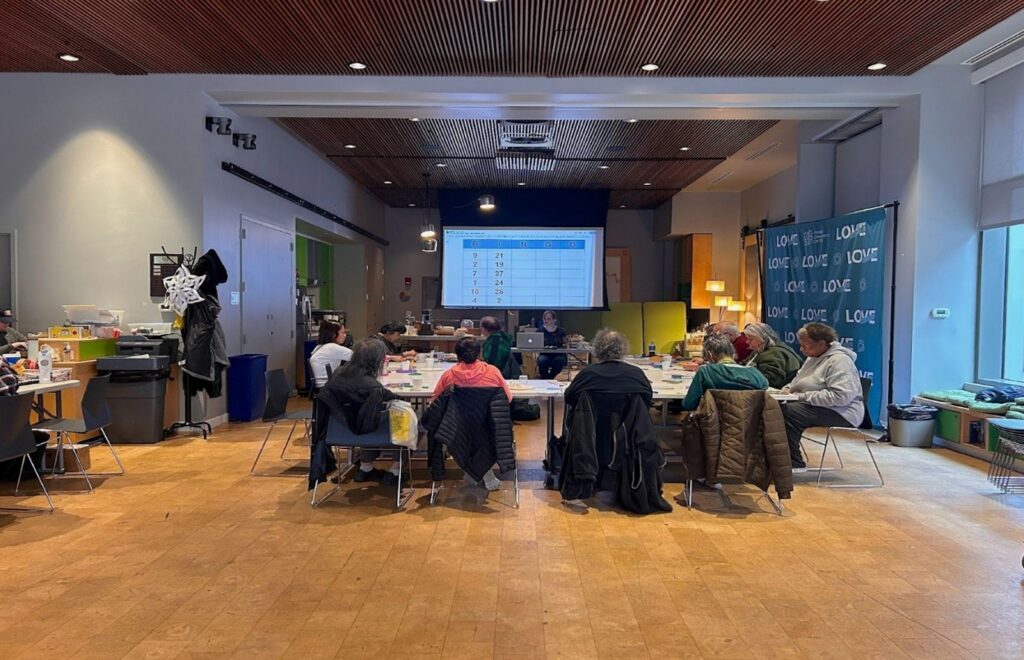Abstract:
This article presents a case highlighting the challenges of engaging older adults who use smokeless tobacco products where its use may be strongly ingrained in culture and belief systems.
Key Words:
smokeless tobacco, Paan, Asian Americans, South Asia, Southeast Asia
Ms. B is a 74-year-old Bangladeshi woman with cardiovascular disease, a history of stroke, diabetes, and hypertension who relies upon her primary care physician to manage of her chronic diseases. Her healthcare provider notices her stained teeth and gums, which are orange, and upon obtaining a history from Ms. B., learns she uses Paan (betel leaf combined with areca nut from South and Southeast Asia—a stimulant that is potentially addictive when used over extended periods) several times a day and has been for decades.
Ms. B. says she uses Paan as a “mouth freshener” after meals and when she feels “bored” throughout the day. She knows that Paan may be bad for her teeth, but she was not aware of the increased risk for oral cancer or cardiovascular disease until her provider pointed out this information. She attempts to quit by using nicotine gum or using Paan without nicotine, but finds it difficult. She also finds that using Paan reminds her of her homeland, and she does not like how she feels when she stops using it. Several of her friends in the Bangladeshi community also use Paan regularly, so she is frequently around it. She continues to use Paan, despite potential risks to her health.
‘These products are integral to cultural celebrations and incorporated in spiritual and traditional beliefs.’
Such smokeless tobacco use is among the highest in the world in South Asia and Southeast Asia, including in countries such as Burma, India, Indonesia, Nepal, Bangladesh, Sri Lanka, and Bhutan. Common smokeless tobacco products in these countries include Paan (areca, betel nut, herbs, spices, and tobacco, often wrapped in a betel leaf). These products are strongly linked to oral malignancies and cardiovascular disease (Boeffetta and Straif, 2009; Khan et al., 2016; Niaz et al., 2017).
Smokeless tobacco also is commonly used among older Asian Americans in the United States who have connections to the above countries. These products are integral to cultural celebrations and incorporated in spiritual and traditional beliefs. While smoking is often taboo for women in many communities in South and Southeast Asia, smokeless tobacco is not similarly frowned upon. Use of such products by older adults living in a new country often serves as a connection to a culture or homeland.
Unfortunately, many people who use smokeless tobacco products generally do not think they are as hazardous as smoking (Kyaing et al., 2011). As this case highlights, many older patients with underlying chronic disease who are from South or Southeast Asian communities in the United States use smokeless tobacco products and are unaware of their potential harms. It is imperative that providers ask older adults about the use of all substances, and that culturally responsive public health interventions for smokeless tobacco cessation be developed to address this pattern in these communities.
Outreach by community workers to senior centers in the region where use is common also may raise awareness. Tobacco interventions in the United States do not generally encompass these products. Therefore, acculturation, religion, and cultural beliefs need to be considered when developing future research and interventions to address smokeless tobacco use in these communities.
Benjamin H. Han, MD, MPH, is an assistant professor of medicine at the University of California San Diego, in La Jolla, California.
References
Boffetta, P., and Straif, K. 2009. “Use of Smokeless Tobacco and Risk of Myocardial Infarction and Stroke: Systematic Review with Meta-analysis.” BMJ 339:b3060. doi: doi.org/10.1136/bmj.b3060.
Khan, Z. et al., 2016. “Smokeless Tobacco and Oral Potentially Malignant Disorders in South Asia: A Protocol for a Systematic Review.” Systematic Reviews 5(1): 142. doi: 10.1186/s13643-016-0320-7.
Kyaing, N. N., et al., 2011. “Social, Economic and Legal Dimensions of Tobacco and its Control in South-East Asia Region.” Indian Journal of Public Health 55(3): 161-8.
Niaz, K., et al. 2017. “Smokeless Tobacco (Paan and Gutkha) Consumption, Prevalence, and Contribution to Oral Cancer.” Epidemiology and Health 39: e2017009. doi: 10.4178/epih.e2017009.













